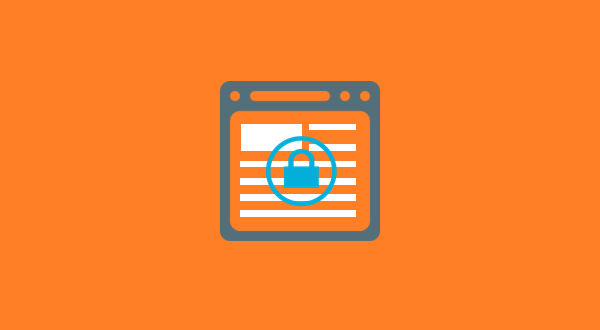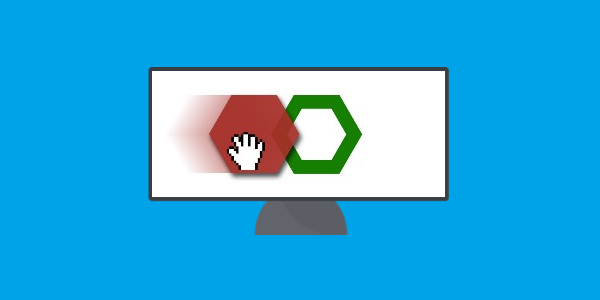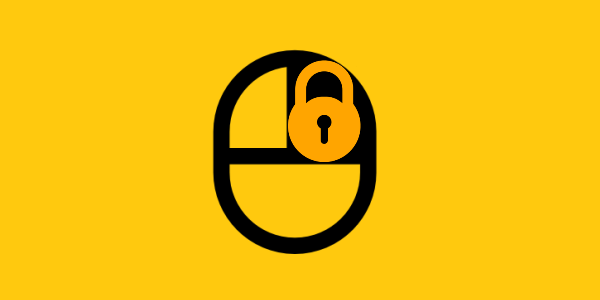Handy Guide for Preventing Image Theft on WordPress

Once it’s out there, it’s out there. Image theft is common by the simple fact that users can see it on their browsers.
It’s bad enough for those paying for the stock photos, but it’s even worse for the actual photographers and graphic designers out there, whose work often gets stolen from their portfolio and shared without any attribution or even a hint.
The intent may have been malicious, or it could be ignorance: some people don’t know it’s stealing or copyright infringement; others may know and not care. Either way it’s your loss if you are the creator and everyone’s just taking your stuff away for free.
I am not turning you into an 80-year old man who is always trying to get the kids off his lawn. A little paranoia never hurt anybody, especially when they really are out to get you. In this article, we will take a look at few ways through which you can put a check on rampant theft of your visual designs/photographs.
These methods aren’t foolproof, but they will keep the usually-benign and unintentional “thief” at bay. Those who are tech-savvy enough will still find their ways around these.
Alright, let’s see….
Disable Hotlinking
This one is usually done without malicious intent (Full Disclosure: I used Wikipedia’s images for my blog 10 years ago. I didn’t mean to. Sorry.)
Hotlinking happens when someone drags your picture and drops it (or copies and pastes it) right into their editors. This allows the image to show up with their content (it got embedded), but the server space is still yours.
Essentially, the 3rd party who hotlinked your image isn’t just stealing your content; he/she is also stealing your server space and bandwidth. Also: you don’t get traffic or redirects to lessen the sting.
The easier solution is to disable hotlinking by adding this code to .htaccess file in your root directory:
RewriteEngine on
RewriteCond %{REQUEST_FILENAME} -f
RewriteCond %{HTTP_REFERER} !^http(s)?://(www\.)?hirewpgeeks\.com [NC]
RewriteCond %{REQUEST_URI} !^/images/stopstealing\.jpg$ [NC]
RewriteRule \.(jpg|jpeg|png|gif)$ http://hirewpgeeks.com/images/stopstealing.jpg [NC,R,L]
Don’t forget to replace HireWPGeeks with your own domain name.
This snippet prevents images from being embedded without marring their visibility to search bots and within your website.
Disable Right Click
Right clicking on an image gives the user the option to either copy it (to clipboard) or save it (locally). The first can be made useless when you disable hotlinking, but what about being able to save the image on the device?
Solution: Disable the right click instead.
This prevents an average Joe (someone who doesn’t want/know how to scan though the browser cache) from stealing your images by downloading them to their drives. This can be done with the help of plugins like No Right Click Images Plugin which continues to work perfectly in 2016 despite being old and not updated in over 2 years.
Just to be safe, disable the default image linking (happens when you insert images through WordPress). Next time you add an image, click ‘None’ in the ‘Link to’ dropdown menu-box.
Watermark your Images
This is a great deterrent to online image theft (and for websites on any platform, not just WordPress), but it comes at the potential cost of making your images look unattractive. It’s up to the designer/photographer caliber to preserve the aesthetic appeal of their art.
Stock photography websites (Getty Images, Shutterstock, etc.) that are not royalty-free use watermarking to make sure their digital images to prevent unauthorized download and distribution. You can get on that train too.
There are a handful of good plugins you can use to automatically add a set watermark to all images on your WordPress website: There is Add Watermarks, Easy Watermark (also has manual watermark settings, in case you need to be selective about which images to watermark), Image Watermark, etc. to name a few. Some slider plugins will let you do that too. Check the features list.
Legal Protection
Most people don’t want to be outlaws: which is why adding a (clearly visible) copyright notice and threatening legal action through a DMCA badge is just about as good as an S.H.I.E.L.D ID is in the Marvel Universe. Makes prospective thieves think at least twice.
You should know that if you created something, it is, inherently, your property unless you sell it or set the terms for its use (For e.g., WordPress is the brainchild of Matt Mullenweg and a handful of other master coders, but they decreed that the platform be freely available to all). But that is theoretical. In reality, unless you can prove that you are the original author/creator of something, anyone can claim that property as their own.
This is where legal protection makes the job easier.
If you are really paranoid about safety of your content (justified, especially if yours is a high-traffic website), you can go Pro on DMCA and let their service take care of automatically scanning the internet for your content and making legal complaints on your behalf. They also have a watermarking service for all your content files, including images.
Source: Google Search
Endnote
Whatever you do, just remember that it’s practically impossible (despite all the measures) to prevent image theft on the web. The only thing you can do is make the job harder for thieves.
Hopefully, in the information age, the world will become more enlightened about not taking stuff that isn’t ours.
Hopefully…




